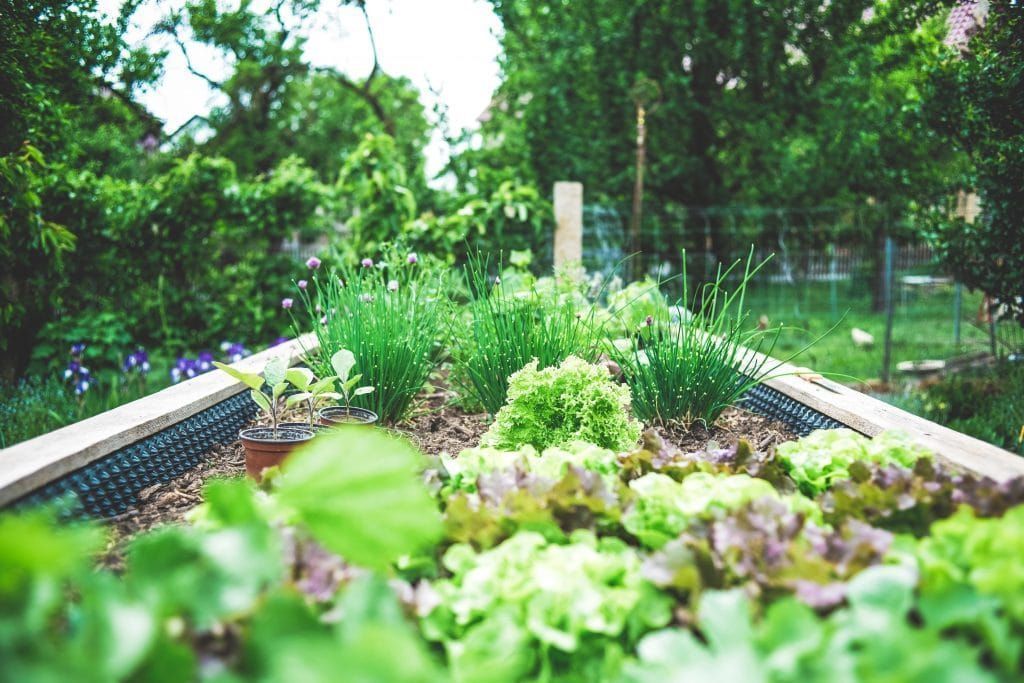
Develop a vegetable garden in the city center
Growing a few vegetables in the spring is an activity that is increasingly appreciated by… city dwellers ! Indeed, gardening is popular, even in the city center. S’occupy’a vegetable garden as soon as the good weather arrives is well and truly possible for city dwellers. Solutions like shared vegetable gardens or permaculture are the most popular.
Vegetable garden in the city center: alone or shared ?
The initiatives of’interurban agriculture are now many. Gardens at the foot of a building’Buildings are sometimes transformed into shared or individual vegetable gardens, the town hall makes cultivable spaces available to the inhabitants, etc. The shared garden is a vegetable garden that is designed, implemented and cultivated collectively. Gardeners will therefore proceed as a group throughout the project. C’is a solution that allows you to create links and to occupy a space of your own’combine different skills.
When it comes to individual garden plots, everyone grows their own piece of land separately, allowing them to do as they please’hears (choice of plants, etc.).
How to build my vegetable garden in the city center ?
You live in the city center and want to build your vegetable garden to grow vegetables, fruits, plants or herbs. Whether it is an installation for a mini garden or for your balcony, you can build your raised vegetable garden. For this, opt for a square vegetable garden structure or make one in wood. Then, it remains only’to follow these steps:
- Line the bottom of the structure with a canvas to preserve the wood of the substrate that is wet.
- Attach the canvas with a craft stapler.
- Place balls of’clay in the bottom on 10 to 15 cm to ensure effective drainage in case of rain or flooding’too much watering.
- Attach a trellis to the belly of the square to maintain the plants that climb.
- Keep it in horticultural or universal soil (400 L for a planter)’a square meter that is 40 cm deep).
- Add water to the garden’organic fertilizer for vegetable gardens as they are filled.
- Your mini urban vegetable garden is ready, it is time to choose your plantations.
Choosing plantings in the city center
In the city center, you can grow what you want. Vegetables and herbs are very popular.
The vegetables
In terms of vegetables, we can say that tomatoes are at the top of the podium (is the tomato more of a fruit?) ?). The cherry tomatoes grow very easily in pots They are perfect for making a few spring recipes or for enjoying in the evening’aperitif. We start the seedlings in early May until the end of the year’in mid-June for a delicious summer.
You have to think about leaving room, because plants can grow up to a certain height’at 140 cm. Think of the vegetables of the sun: eggplants, zucchinis, peppers which are easier to cultivate.
Aromatic herbs
There are some aromatic plants to have in your kitchen: basil, mint, chives, parsley, coriander and thyme. These are the essential plants for concocting good recipes. They are easy to maintain, are therefore plants to choose when you don’t’does not have a green thumb. Mint, for example, is a plant that can be used as an organic fertilizer’it’s best to plant in the center of town’Isolate it because it is invasive.
They are’It goes well with many dishes, but it also makes the charm of some drinks (tea, cocktail). A little sun and a good drainage and you will obtain well perfumed leaves.
Permaculture: a solution for small gardens
Permaculture is a way of farming that is increasingly practiced. The goal is to respect the needs of nature and the environment’Man. The concept of permaculture is to recreate an ecosystem that respects the environment’environment in which we grow.
The principle is to preserve the’environment and its biodiversity, while creating a space for sharing between gardeners.
To create a permaculture vegetable garden, follow these steps:
- Find a rich soil (the darker the soil, the better the quality).
- Observe the’It is a way of growing crops that is more and more popular, especially in the sun and wind, and of finding solutions to counteract them if necessary.
- Aerate and nourish the soil to prepare the ground.
- Choose seedlings and plants (reproducible).
- Install the solutions of’watering.
- Welcome animals that repel pests (hedgehogs, birds).
Where to place my vegetable garden in the city center ?
Your vegetables need an average of 6 hours to grow’sunshine per day. They can be exposed non-consecutively (for example 3 hours in the morning and 3 hours in the afternoon)’after noon). If you live in a region with little sunshine, you can choose to plant your children in the garden, give priority to the’south or southwest exposure.
The plants to have on your balcony are sometimes even less greedy in light and require only 4 to 5 hours of light’sunshine. Finally, think about how to arrange your balcony to grow in the city. The result of your gardening will be more optimistic if you have all the keys in hand.
A small urban vegetable garden is not started on a whim, because growing plants takes time.